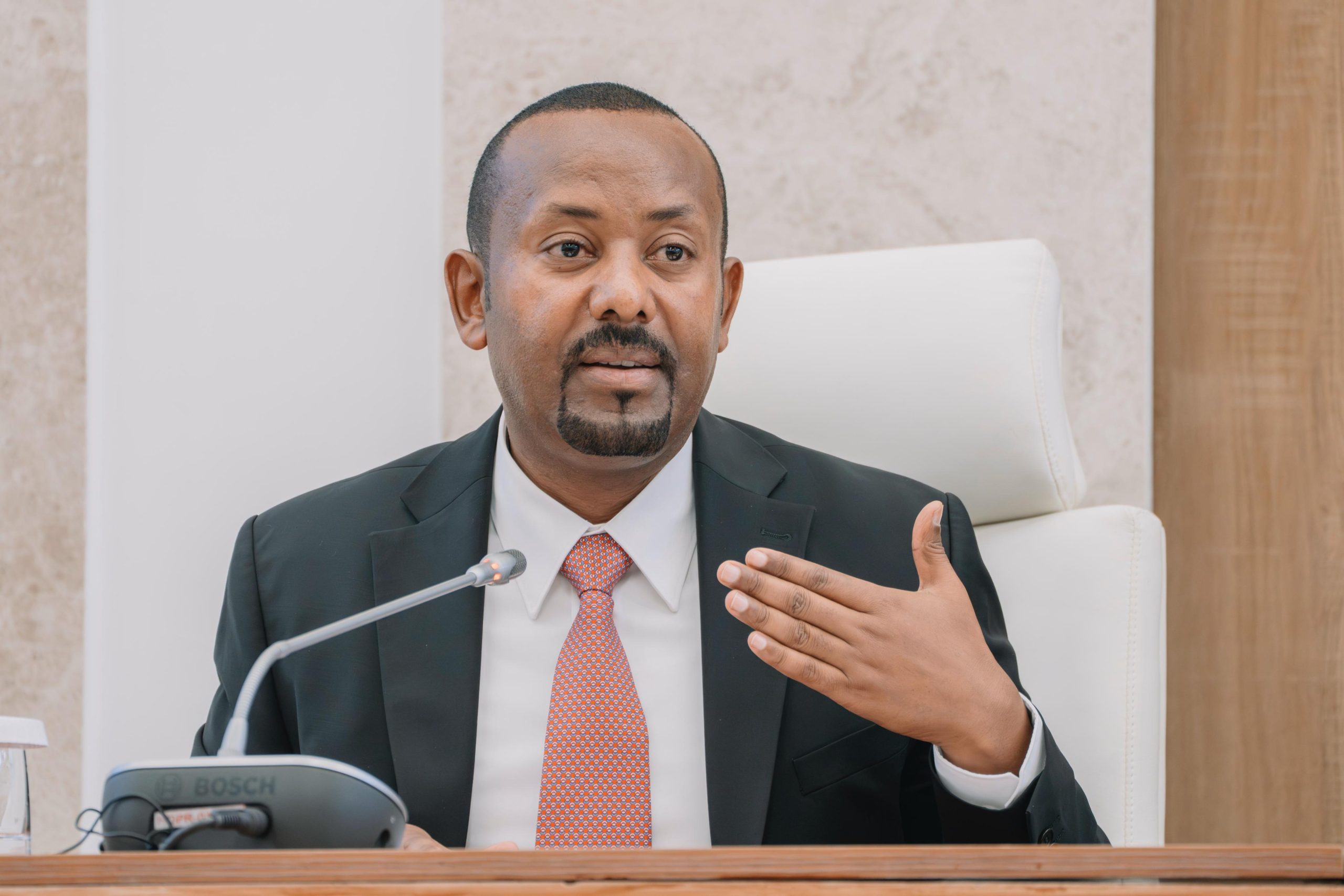Gender Disparities in Higher Education in Ethiopia
In Ethiopia, the participation of women in higher education remains significantly lower compared to men. This gender gap is evident across various levels of the educational system. Despite ongoing efforts to bridge this gap, challenges such as low enrollment rates, disparities in academic performance, and underrepresentation of women in leadership roles within higher education institutions continue to persist.
One of the primary issues affecting women’s access to higher education is the high dropout rate at the elementary level. This early departure from education often limits the opportunities for women to pursue college or university studies. Additionally, factors such as lack of parental guidance, poverty, and cultural constraints contribute to the lower enrollment rates among Ethiopian women compared to their male counterparts. These disparities are particularly noticeable in both undergraduate and graduate programs.
Addressing Educational Challenges
To improve the situation, universities must integrate sustainable development principles into all disciplines. This includes training female students to understand how the Sustainable Development Goals (SDGs) will impact their future careers and promoting research that explores the interconnectedness of these goals. At the same time, the academic contributions of qualified female staff should be strengthened, as their role is crucial in achieving the SDGs.
Offering stipends and free higher education to women can also serve as a powerful incentive for their continued education. While there has been progress in placing women in leadership positions within higher education institutions, addressing the issue of low academic performance among women remains an urgent priority.
Cultural and Social Barriers
Cultural constraints are a significant barrier to women’s enrollment in higher education. These constraints need to be addressed through counseling and awareness campaigns. Parents play a critical role in shaping their children’s educational aspirations, and they should take the lead in encouraging their daughters to pursue higher education.
Social media can also be leveraged as a tool to motivate parents and communities to support the enrollment of women in higher education. By raising awareness and changing perceptions, these platforms can help foster a more supportive environment for women seeking advanced education.
Economic and Social Challenges
Poverty remains a major challenge for women in accessing higher education. According to a report by UN Women, 17% of young women in Ethiopia live in extreme poverty, with one in ten women facing similar conditions. This economic hardship directly impacts their ability to afford education and other essential resources.
Another pressing issue is the underrepresentation of women in Science, Technology, Engineering, and Mathematics (STEM) fields. Men continue to dominate these areas, which are vital for economic growth and innovation. Similarly, women are underrepresented in leadership and administrative roles within higher education institutions, further limiting their influence and opportunities.
The Quality of Education
The quality of education is another critical concern. A 2023 UNICEF report highlights that while most children enroll in school, only 33.1% make it to secondary school. Moreover, 90% of 10-year-olds struggle to read or understand basic text, indicating a severe gap in educational quality.
Ongoing Efforts and Future Directions
Various initiatives have been launched to address the challenges faced by women in higher education. Mentorship programs, for example, have shown promise in supporting women’s academic and professional development. In 2025, the United Nations and other organizations are actively involved in expanding access to higher education for women, improving the quality of education, and reducing poverty.
The Ethiopian Women’s Leadership Program (EWLP) aims to enhance the educational outcomes of female university students by providing leadership training, mentoring, and support. These efforts are part of a broader agenda to ensure that all girls and boys have equal access to quality early childhood development, preparing them for primary education by 2030.
Conclusion
Despite these efforts, there is an urgent need to address the cultural, social, and financial barriers that hinder women’s progress in higher education. By implementing targeted interventions and fostering a more inclusive educational environment, Ethiopia can work towards a future where women have equal opportunities to succeed and contribute to national development.






